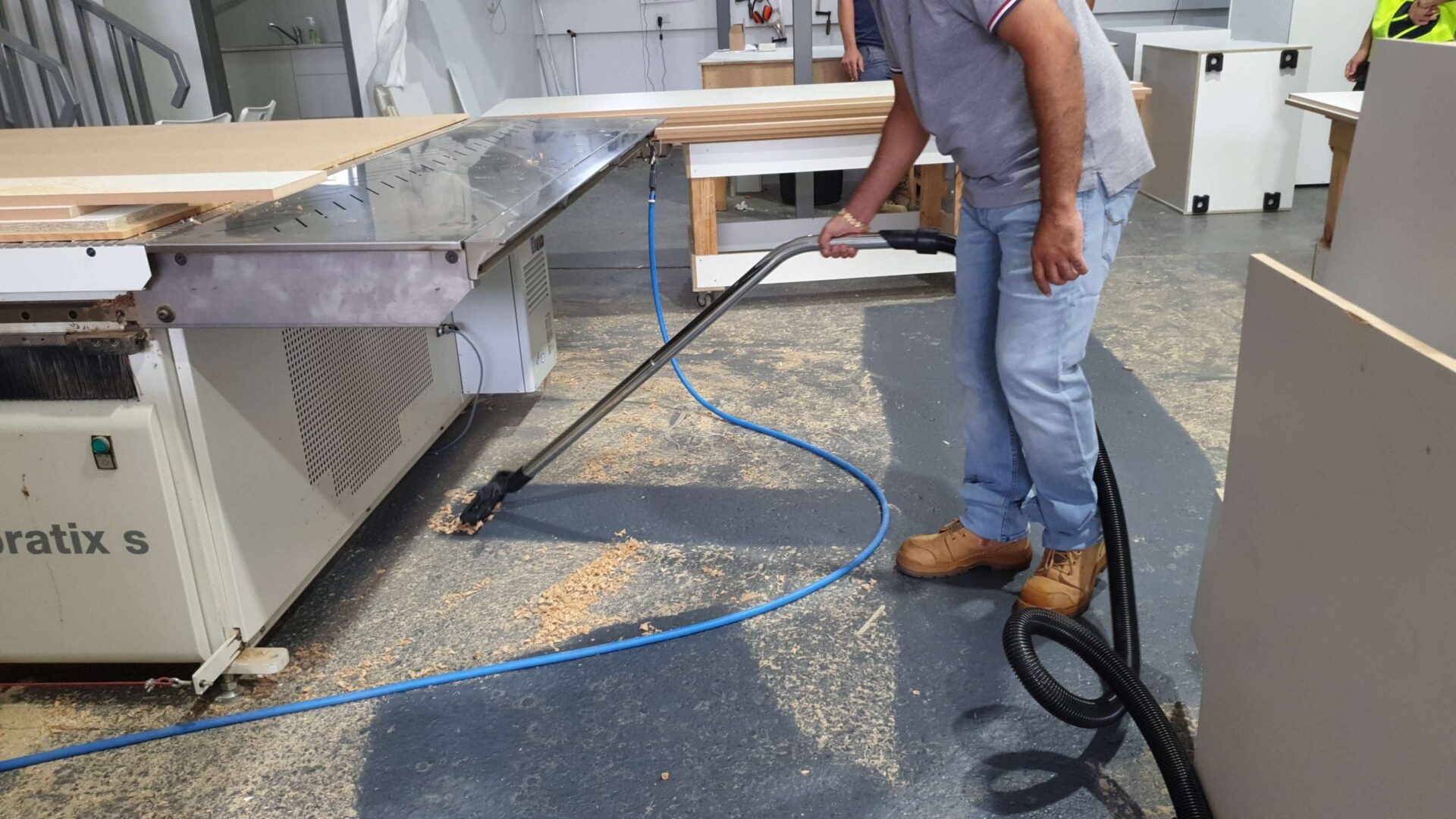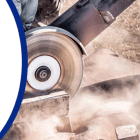Do You Know These 5 Facts About Combustible Dust?
Combustible dust is like computer viruses. Most people know they’re out there but don’t completely understand them. This makes it easy to underestimate the risks and fail to take the necessary precautions. As a result, when a severe incident occurs, it can be devastating.
In talking with people across the manufacturing spectrum, we’ve found that there are a lot of misconceptions about combustible dust, especially concerning its risks, the laws surrounding it, and what companies need to do to protect themselves.
Here are five things you probably don’t know about combustible dust . . . but should.

Combustible dust causes fires in facilities every day
We tend to hear only about big combustible dust explosions, the ones that result in injuries or fatalities, or at least significant penalties for companies. These major catastrophes, however, don’t provide a complete picture.
In 2012, the Combustible Dust Policy Institute1 analyzed data from the Department of Homeland Security’s National Fire Incident Reporting System (NFIRS)2. They found that, in 2011 alone, there were more than 500 combustible dust-related fires and explosions, covering many industrial sectors. The majority of these incidents were classified as “near misses,” meaning the companies just got lucky.
Of course, these 500+ incidents are just the ones in the NFIRS database. This comprises only about 75% of all reported fires3. There are also undoubtedly many fires that go unreported.
Combustible dust causes fires in facilities all the time. Every one of these incidents has the potential to become a catastrophe. Companies that don’t recognize these risks are, quite literally, playing with fire.
Combustible dust incidents are entirely preventable
If that first point was alarming, this one will help you breathe a little easier. While dust is a fact of life in nearly all manufacturing facilities, it never needs to reach the point of combustion.
The dust becomes a fire risk only when it accumulates. In its Combustible Dust National Emphasis Program4, OSHA recommends not letting dust accumulate more than 1/32 of an inch (about the thickness of a paperclip) over more than 5% of the facility floor.
Based on its investigations of combustible dust incidents, the U.S. Chemical Safety Board has concluded that they are entirely preventable. Following three accidents that claimed five lives at a powdered metals plant, CSB Chairperson Rafael Moure Eraso5 urged that “no more lives should be lost from these preventable accidents.”
Manufacturers can reach that goal by implementing proper dust control and housekeeping measures.
You can be cited for combustible dust violations, even though there’s no OSHA standard (yet)
But that doesn’t mean manufacturers should wait until next year to start thinking about the issue. Under the Combustible Dust National Emphasis Program, OSHA can issue fines for violations under 18 different standards. That includes 29 CFR 1910.22, the main housekeeping standard. You can also be cited under the General Duty Clause 6, which is a catch-all for recognized hazards not specifically addressed in OSHA standards.
Just last month, OSHA issued $5,000 in combustible dust penalties7 to an Atlanta plastics recycler. And that’s nothing compared to the nearly $200,000 in fines8 the agency handed to a Pennsylvania mill for willfully failing to protect workers from combustible dust hazards, among other violations.
OSHA relies on the National Fire Protection Association (NFPA) to determine best practices for fire prevention. Just last year, the NFPA released NFPA 652: Standard on the Fundamentals of Combustible Dust9. If you want to avoid combustible dust incidents and OSHA penalties, complying with this standard is a great place to start.
You’re required to have your dust tested, even if you’ve never had a problem.
We commonly encounter the misconception that facilities that have never had a problem don’t have anything to worry about.
This couldn’t be further from the truth.
NFPA 652 requires ALL facilities that process, handle, convey, or manufacture potentially combustible dust to have their dust tested and keep the results on file. This is required even if your type of dust has no history of causing an incident.
You can get your dust tested through either OSHA or a private lab. Depending on the results, you may then be required to perform a Dust Hazard Analysis to assess the hazards and risks of each operation that produces combustible dust10.
The takeaway here is that ignorance is no excuse. And it could cost you a lot of time. By getting your dust tested now, you can avoid potential incidents and citations in the future.
The housekeeping equipment you use in combustible dust environments must meet certain requirements.
Finally, we get a lot of questions about the requirements for housekeeping equipment used in combustible dust environments.







